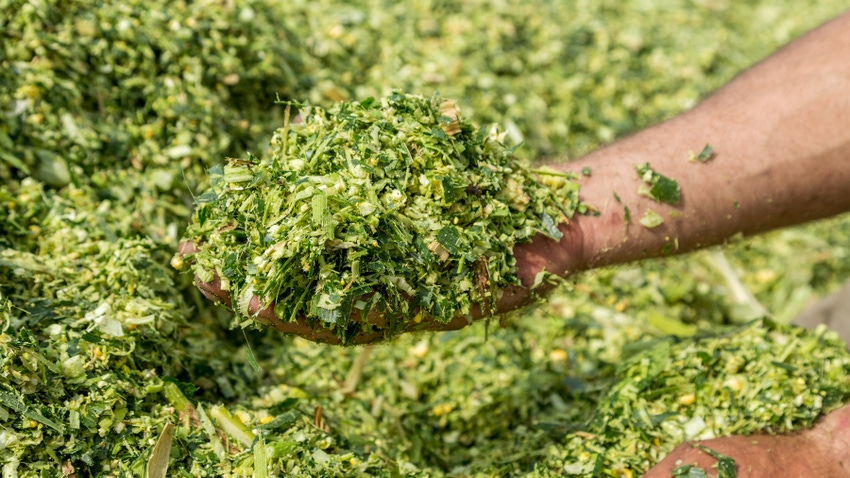
Drought has once again struck farms across the region, comprising corn grain and limiting forage yields. 1% of water uptake by plants is retained for metabolic purposes, while the rest moves minerals from the roots to stems and is used in evaporative cooling.
During periods of drought, plants close their pores to save water, which in turn results in higher foliage temperatures and impaired plant metabolism. This restriction leads to more lignin and increased leaves, combined with the reduction of kernel development.
Although grazing cornfields or preserving as hay or baleage are options, high moisture retention, spontaneous combustion or minimized tonnage means there may be a better way. With these considerations, producers who go through the work of harvesting corn can maximize crop value as corn silage.
Take these tips from South Dakota State University Extension to save drought-stricken corn.
Management considerations
Drought-stressed silage can be used to recover costs of producing the crop, as silage can be used for valuable forage. Even with its potential value, there are a few problems to consider. The stressed crop has a higher potential of accumulating nitrates, so it brings an increased risk of nitrate toxicity.
During the fermentation process, nitrogen oxide gas may build up in the stressed silage. Producers must take extra care when ensiling and removing silage for feeding. SDSU says for this reason, the use of nonprotein nitrogen is not recommended.
Producers can accommodate for higher nitrate levels by raising the cutter bar on harvest equipment to leave 1 foot of the stalk in the field. Harvesting stressed or immature corn as silage is similar to making silage from mature corn. Avoiding delays in filling silos, packing properly, ensuring correct moisture levels, and having protective cover all help to produce high-quality silage. Further check that all pesticides applied during the growing season are cleared for silage.
To ensure proper fermentation during ensiling, corn moisture content should be between 60% and 65%. Silage that is too wet will have excessive effluent fluid that seeps nutrients out of the silo, resulting in nutrient loss of the forage.
The nutritive value of silage depends on the maturity of harvested plants. For corn that has little to no grain, the nutritive value will be reduced. However, this silage can still have a similar energy content as that produced under normal conditions.
For more information on turning drought-stressed corn to silage, contact your local Extension office.
South Dakota State University Extension contributed to this article.
About the Author(s)
You May Also Like






